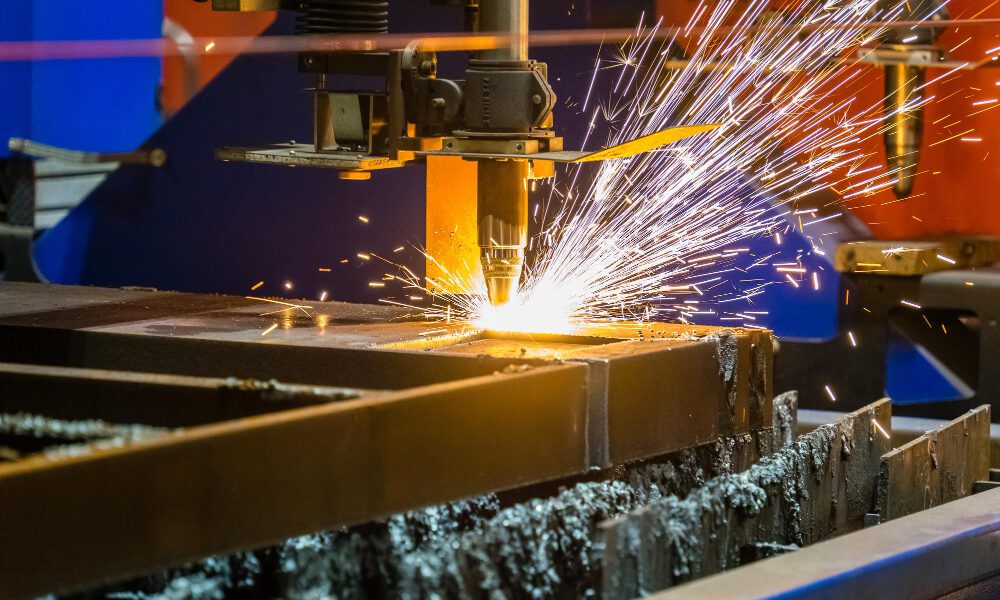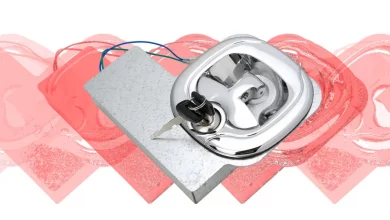Things to Consider Before Buying a Laser for Your Manufacturing Business

Laser technology has lit a fiery path through industrial evolution, bringing precision, speed, and versatility to countless manufacturing operations. Yet before you plunge headlong into the dazzling array of blue laser beams or classic CO₂ models, key considerations can make the difference between a power tool and an expensive doorstop.
This detailed exploration will guide you through what to ponder before you invest in your manufacturing firepower. From understanding the blue laser’s allure to dissecting the diode vs. CO₂ laser debate, you can quiet the smokescreen of jargon.
The Allure of Blue Lasers and What It Could Mean for Your Operations
The term ‘blue laser’ conjures images of the latest and greatest tech, and rightfully so. With their shorter wavelengths, blue lasers excel at finer details and high-definition markings. The appeal for sectors requiring intricate work, such as electronics and medical devices, is clear, and the applications for a laser in the industry are multifaceted.
Before the blue beam dazzles you into a purchase, here are instances where it might be your industrial Romeo.
Aesthetic Precision: For engraving items that are also art pieces, the sharpness of a blue laser’s cut is akin to a master painter’s brush.
High Energy Efficiency & Absorption: This is where the blue laser thrives. With half the wavelength of a red laser, there is significantly more absorption in materials such as copper and gold for higher energy efficiency. This results in lower operating costs and less wear on the laser itself. This is even more important in the world after the Russian invasion of Ukraine, where energy prices have sharply risen. It also allows manufacturers to reduce carbon emissions and meet carbon footprint quotas.
Semiconductor Smarts: In the semiconductor industry, the need for precision is non-negotiable. Blue lasers offer the crispness required for such delicate work.
Deciphering Diode Lasers Versus CO₂ Lasers
The diode vs co2 laser debate hinges on application requirements, cost, and ease of use. Diode lasers, relatively newer kids on the block, boast small size and energy efficiency. CO₂ lasers, venerable workhorses, are renowned for their power and multi-material functionality.
Here’s a closer look at the diode laser’s dichotomy with the CO₂ laser:
Blue Diode Lasers: These cutting-edge contenders are best for high-speed applications with premium precision, such as metal welding and soldering, as well as metal, wood and leather engraving.
CO₂ Lasers: With their unrivalled peak power, CO₂ lasers are the universes unto themselves, tackling large-scale cutting and bulk marking with aplomb.
Choosing between these two giants entails a deep understanding of your manufacturing needs:
Material Analysis: The type and thickness of the material will dictate the laser most suitable for the task.
Budget Buoyancy: Your financial sails will flutter differently after either purchase. Understanding the long-term costs, including maintenance and electricity, is critical.
The Industrial Laser Marking Revolution
Undoubtedly, industrial laser marking has become the go-to method for traceability, branding, and quality compliance—the benefits of using lasers in marking range from durability and indelibility to efficiency and environmental friendliness. Yet, not all industrial marking lasers are created equal.
When exploring the realm of laser marking, keep an eye on these considerations:
Regulatory Compliance: Different industries must adhere to specific standards regarding the readability and permanence of marks. Ensure your laser is on board with relevant regulations.
Batch Versatility: Can your laser quickly and easily switch between different products and batches without compromising quality?
Substrate Compatibility: Whether it’s metals, plastics, or ceramics, ensuring your laser is adept across multiple substrates is vital for broad applications.
The Nitty-Gritty of Integrating a Laser into Your Manufacturing Arsenal
Selecting the correct laser is only half the battle. Integrating it into your existing manufacturing processes without disruption is equally crucial. Integration success can hinge on machine compatibility. In other words, will your chosen laser work seamlessly with your CNC machines or robotic arms? Also, consider software support. Does the laser’s control software align with your existing management systems? Failure to integrate correctly can lead to costly downtime and inefficiencies, so collaboration between your engineering, production, and IT teams is critical.





